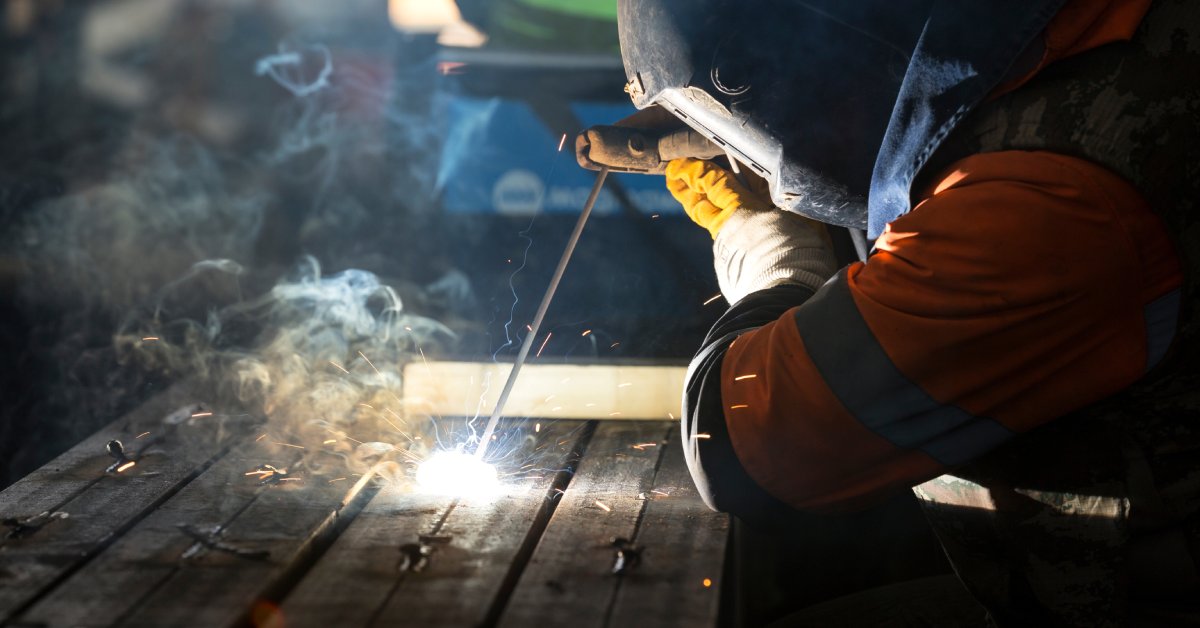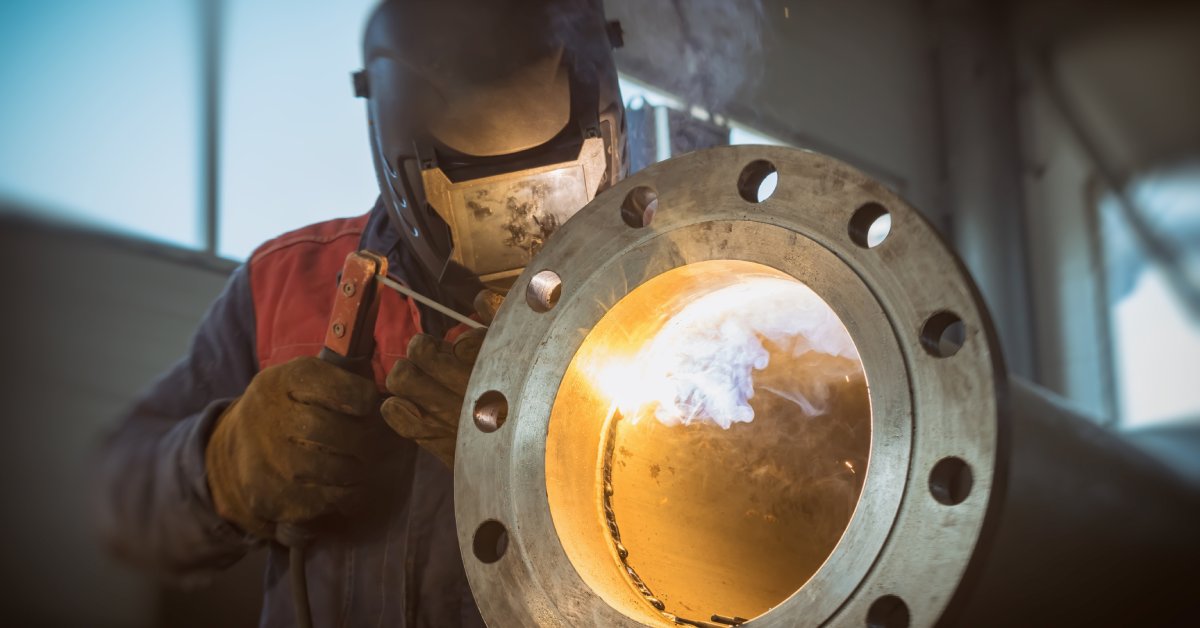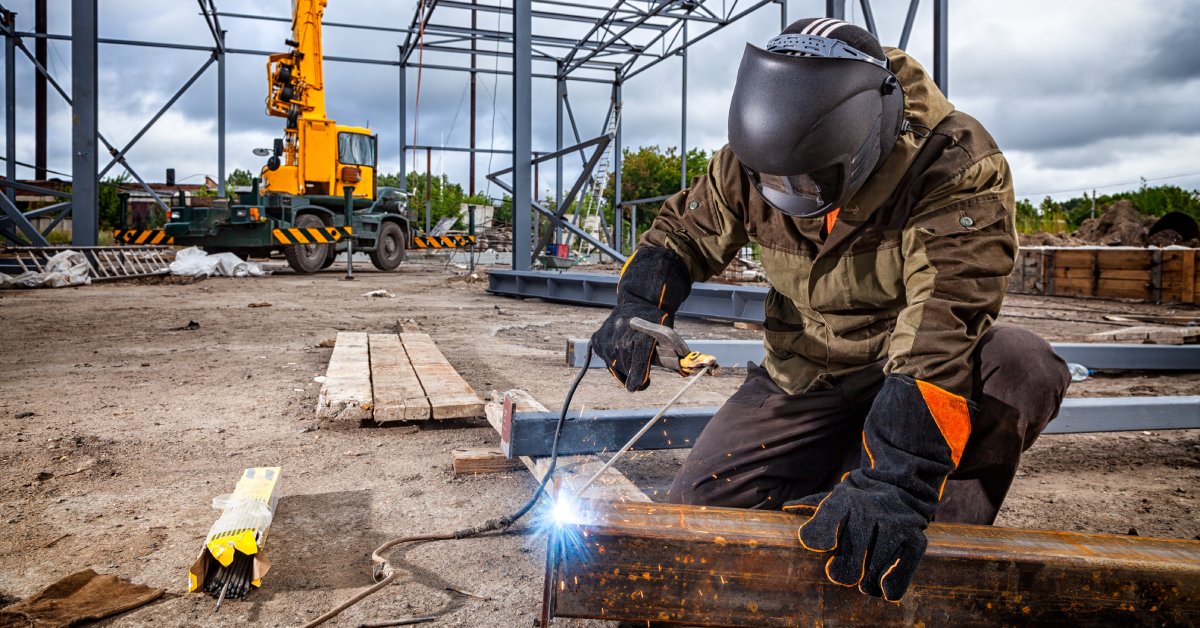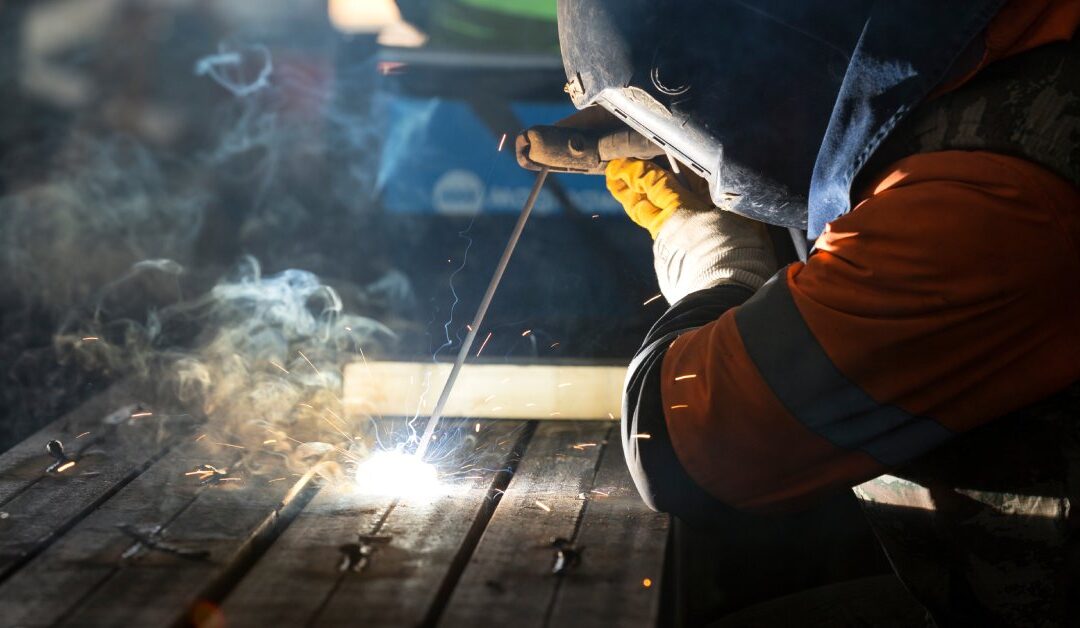
Why is polarity such a critical factor in welding? Understanding polarity can significantly influence the quality, strength, and consistency of your welds. Polarity refers to the electrical configuration of the welding circuit and dictates how the current flows between the electrode and the workpiece.
Mastering this concept empowers welders to choose the right settings for each task, troubleshoot issues effectively, and achieve professional-grade results. This guide will break down what you need to know about polarity in welding, making it accessible whether you’re a seasoned professional or just starting your welding journey.
What Is Polarity in Welding?
At its core, welding relies on electricity to generate the heat necessary to fuse materials together. This happens through the creation of an electrical circuit, where current flows through a specific path to complete the connection.
Polarity in welding refers to the direction in which this electrical current flows within the circuit. To visualize this, think of the circuit as a loop, with electricity traveling from the negative pole (where the current originates) to the positive pole (where the current is received). This flow of electrons determines how the welding arc behaves and how heat is distributed across the materials being welded.
A key principle to remember is that about two-thirds of the arc’s heat is concentrated at the positive pole. This principle is central to welding operations because it influences how different materials respond to the heat and how the weld pool forms.
For instance, when the electrode is connected to the positive terminal (a setup called direct current electrode positive or DCEP), the heat concentrates on the electrode, helping with deeper penetration into the workpiece. Conversely, if the electrode connects to the negative terminal (direct current electrode negative or DCEN), the heat is distributed more on the surface of the material. This is more effective for working on thinner materials or for welding processes that demand less penetration.
Type 1: Direct Current Electrode Negative (DCEN) / Straight Polarity
Setup
In the DCEN configuration, the electrode is connected to the negative terminal, while the workpiece is connected to the positive terminal. The flow of electrons from the electrode to the workpiece results in unique thermal and material characteristics.
Heat Concentration
With DCEN, the majority of heat is concentrated on the workpiece rather than the electrode. This allows for deeper penetration into the material being welded, making it an effective choice for applications requiring strong, deeply bonded joints. It also helps maintain the integrity of the electrode, which can be particularly important in processes using non-consumable electrodes.
Characteristics and Advantages
- Deeper penetration and narrower weld bead: The focused heat on the workpiece allows welders to achieve strong, deep welds with precise bead control.
- Faster travel speeds: Welders can move more quickly along the joint due to the efficiency of heat transfer.
- Higher deposition rates: Compared to other setups, the electrode melts more slowly, reducing waste and increasing material efficiency.

Common Applications
- Pipe welding: DCEN is commonly used in pipe welding due to its ability to create strong, precise welds with deep penetration, ensuring durability in high-pressure environments.
- Structural welding: Industries involving bridges, buildings, and heavy equipment rely on DCEN for its capability to produce reliable, high-strength welds.
- Automotive repairs: DCEN is ideal for welding thinner materials found in vehicle frames and panels, providing controlled heat input and minimizing distortion.
- Aerospace manufacturing: The precision and consistency of DCEN make it suitable for critical applications like aircraft component fabrication.
- Maintenance and repair work: From machinery to large-scale infrastructure, DCEN is dependable for repairing cracks and wear, even in challenging conditions.
Type 2: Direct Current Electrode Positive (DCEP) / Reverse Polarity
Setup
In the DCEP configuration, the electrode is connected to the positive terminal of the power source, while the workpiece is connected to the negative terminal. This arrangement influences how heat is distributed during welding, creating specific advantages for certain materials and processes.
Heat Concentration
With DCEP, a greater amount of heat is concentrated on the electrode rather than the workpiece. This heat distribution leads to several key outcomes, including a shallower penetration and a wider weld bead. The reduced penetration is particularly advantageous when working on thin materials, as it lowers the risk of burn-through.
Additionally, DCEP introduces a “cleaning action,” which is highly effective at removing oxides and impurities from the surface of the workpiece. This cleaning action is especially critical when welding materials like aluminum, ensuring a high-quality bond.
Characteristics and Advantages
- Shallower penetration: Ideal for applications where deep penetration is not required, making it well-suited for thinner materials.
- Wider weld bead: Produces a smooth, even weld appearance, which is beneficial for aesthetic purposes and ensuring adequate surface coverage.
- Surface cleaning action: Removes oxides and other impurities, enhancing weld quality, particularly on reactive metals like aluminum.
- Reduced burn-through risk: Offers better control when welding thinner metals, making it a safer choice for precision work.
Common Applications
- Structural welding: Commonly used in the construction of buildings, bridges, and other infrastructures due to its ability to create strong and durable welds.
- Automotive industry: Essential for tasks like car body repairs and manufacturing, especially when working with thinner metals.
- Pipe welding: Often employed in creating secure joints for pipelines, ensuring minimal risk of leaks or failures.
- Aerospace applications: Used for welding lightweight materials such as aluminum, which are critical in aerospace manufacturing.
- Fabrication work: Frequently applied in the production of metallic frameworks, furniture, and machinery components where precision and aesthetics are vital.
Type 3: Alternating Current (AC)
Setup
The defining feature of AC is its constant switching between DCEN and DCEP. This rapid alternation balances the distribution of heat between the electrode and the workpiece over time. Unlike direct current, which flows in one direction, AC ensures that no single component of the welding process is subject to excess heat, promoting better overall control.
Heat Concentration
One of the standout advantages of AC is its ability to evenly split the heat between the electrode and the workpiece. This means that neither the electrode overheats nor the workpiece suffers from excessive heat input, which is especially beneficial for materials sensitive to heat or in applications where maintaining balanced heat distribution is critical.
Characteristics and Advantages
- Dual polarity benefits: Combines the strengths of DC polarities, offering capabilities beyond DCEN or DCEP alone.
- Prevents instability: Prevents “arc blow,” a common issue in stick welding where the arc becomes unstable and wanders.
- Enhanced arc stability: Reliable in situations where maintaining arc stability is challenging.

Common Applications
- Aluminum welding: AC welding is ideal for aluminum and magnesium, as the DCEP phase helps clean surface oxides, providing a stronger weld.
- Shipbuilding: Widely used in shipbuilding due to its ability to penetrate thick materials and maintain arc stability in challenging conditions.
- Automotive repair: Essential for repairing vehicles, especially when working with thin materials or aluminum components.
- Construction: Commonly used in structural welding for buildings, bridges, and other infrastructure where strong and reliable welds are critical.
- Electrical equipment manufacturing: Utilized for welding components in electrical systems, including transformers and generators, which often require durable and precision welds.
Understanding and mastering polarity in welding is a crucial step for any welder aiming to elevate their craft. At Muggy Weld, we’re here to support your endeavors with reliable products and expert guidance, including our trusted collection of cast iron welding rods, here to make challenging projects more accessible. With the right tools and techniques, you can approach every weld with confidence and precision.

